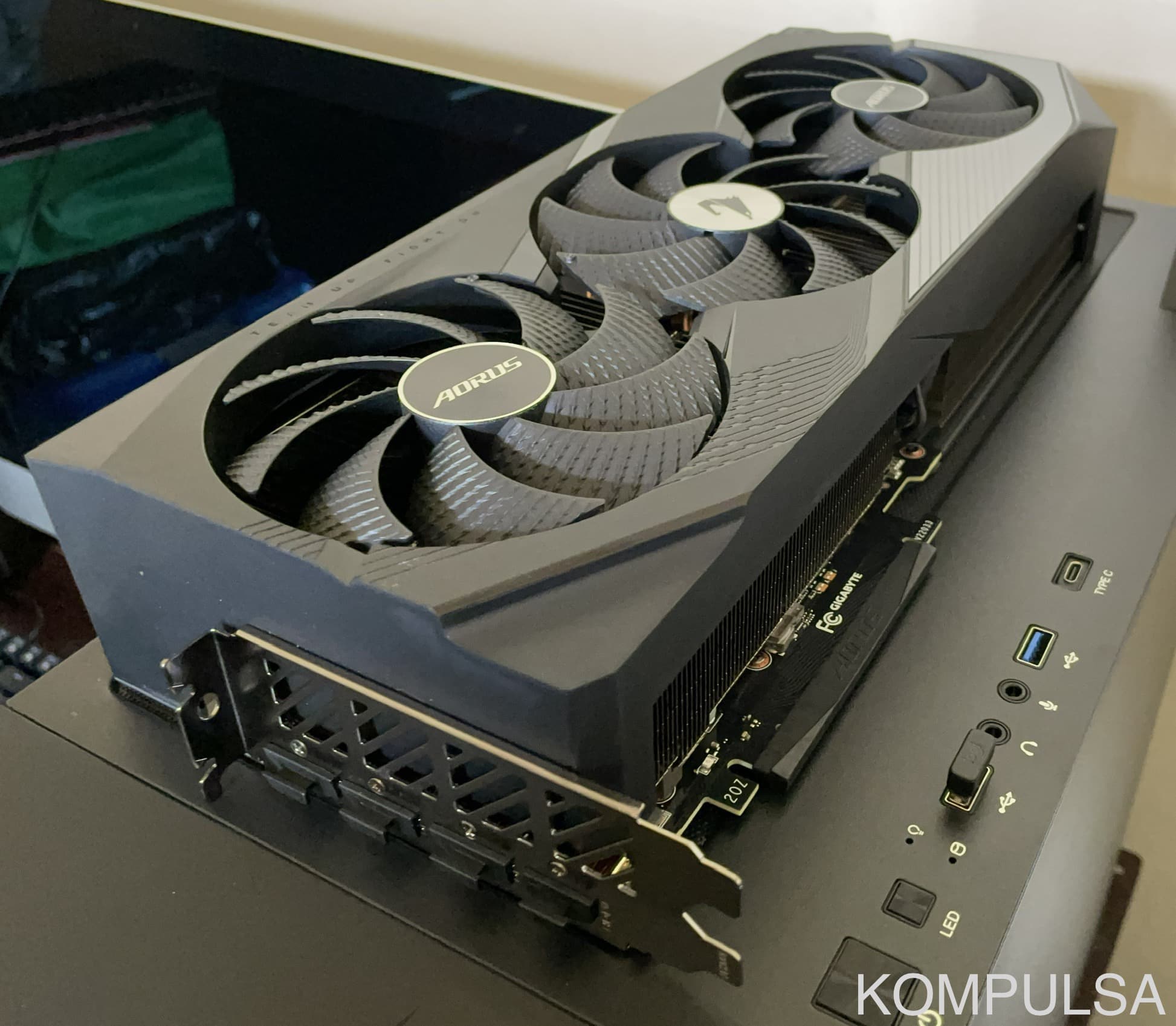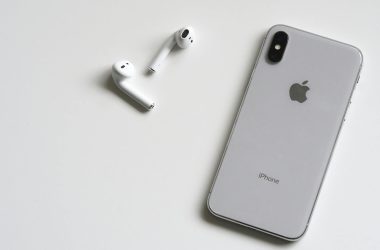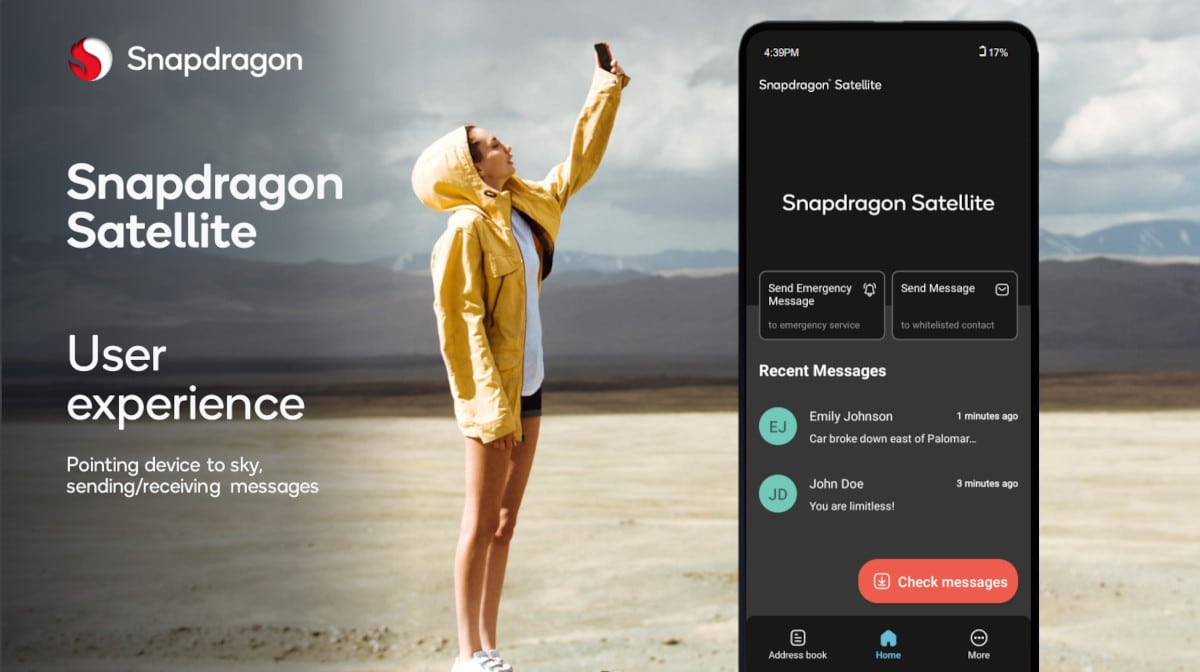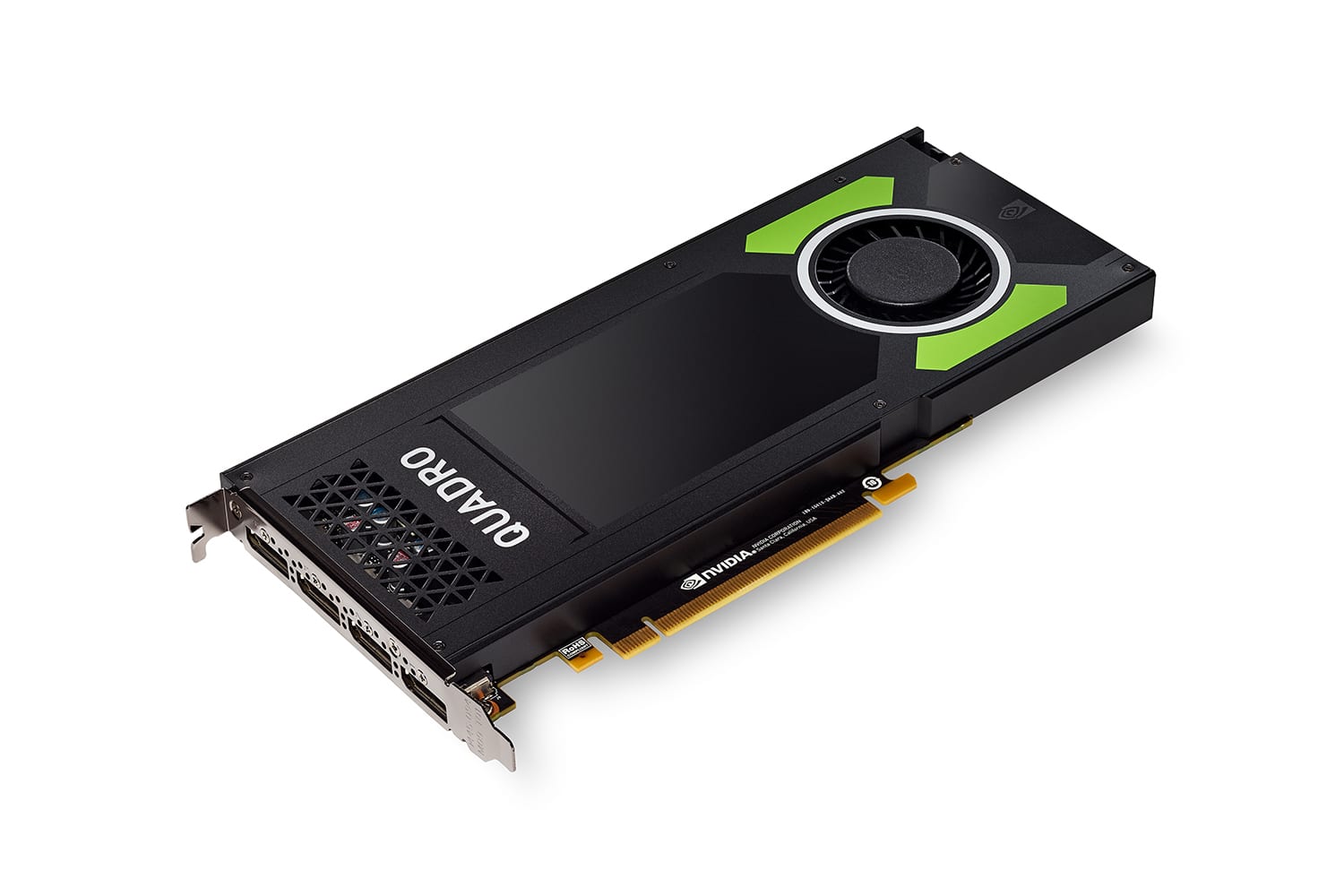Qualcomm, one of the largest mobile processor and modem manufacturers has developed a satellite communication solution for Android smartphones. It’s called Snapdragon Satellite, and Qualcomm’s advertisement implies it can be used for sending and receiving text messages — a contrast from Apple’s emergency-only (for now, at least) satellite feature that was released late last year.
Satellite connectivity may not be new, but it has long been plagued with technical challenges that result in poor performance and bulky, costly, power hungry equipment. Qualcomm’s solution is utilizing the Iridium Satellite Constellation — a group of 66 low-Earth orbit satellites developed by Motorola in 1993 for satellite phones and pagers.
Despite the poor performance of satellites, this solution could (and likely will) prove to be incredibly useful and save lives, as it would enable people to request help by texting 911 if they are stranded in a remote region without cellular connectivity. The service is likely to require a paid subscription to fund the upkeep cost of the satellites.
Qualcomm stated that Snapdragon Satellite will be available in phones sold in North America And Europe sometime after Q3. The second generation of Snapdragon System-on-Chips (SoC) will be the first to support this new feature.








